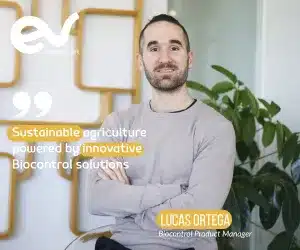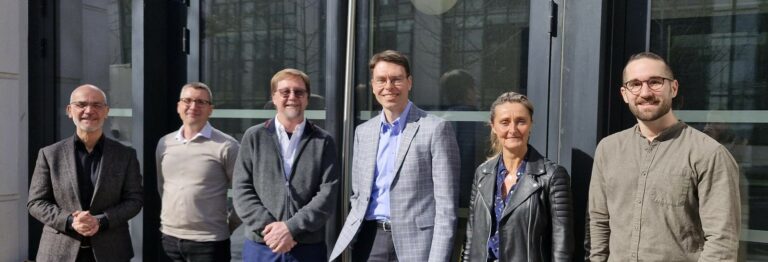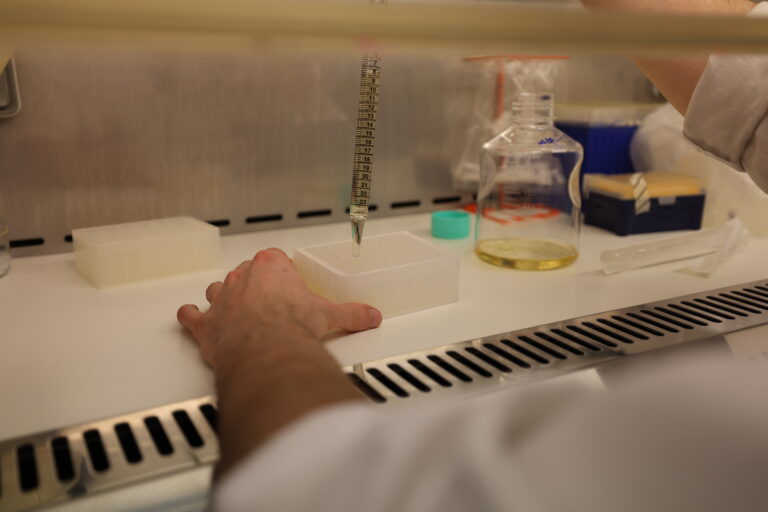1. BIOCONTROL, a booming market
The global biocontrol market is expected to exceed $15 billion by 2029, up from less than $1 billion in 2010. This growth is driven by:
- Stricter regulations on chemicals;
- The need for new modes of action to counter the resistances induced by most chemical substances;
- Growing consumer demand for “clean” food;
- Massive investments in startups in the sector (nearly $6 billion raised since 2012).
This is how the Elephant Vert (EV) model has developed since 2012 by integrating these market developments. Our range is based on a combination of proprietary biosolutions and a selection of the best biocontrol solutions on the market, selected from recognized partner suppliers in their field such as Profarm, Probelte, Seipasa, etc.
2. Agricultural diseases and pests: a growing challenge for food security
Every year, up to 40% of the world’s agricultural yields are lost due to plant diseases and pests. This threat is exacerbated by:
- Intensive monoculture, which promotes the spread of specialized pathogens;
- Global trade, which accelerates the introduction of invasive pathogens;
- Climate change, which displaces pathogens and disrupts the balance between beneficial and pest.
- The misuse of chemicals that induce resistance in certain pests and diseases or high levels of residues in crops.
Among the pathogens of greatest concern, fungi such as Phytophthora infestans or Botrytis cinerea are becoming increasingly critical threats driven by an increasingly hot and humid climate and the development of resistance to multi-class fungicides. There are also resistant polyphagous pests such as Helicoverpa armigera or Tuta absoluta, both of which cause severe damage to tomatoes or field crops.
A growing challenge is also that of bionematicides, the management of which is becoming more complex due to the reduction of chemical solutions, environmental variability (soil, temperature, humidity, microbiota) and the intensification of monocultures that increase inoculum and reduce reliability in the field. Technical barriers such as persistence, complex application methods, resistance and incompatibilities between products increase costs and slow down adoption. The response requires an integrated approach: contextualized treatment protocols and program, accurate diagnosis, tolerant rotations/varieties.
Faced with these challenges, agriculture must evolve towards more resilient and sustainable practices. And manufacturers must offer ever more efficient and compatible solutions.
For several years, EV has been implementing a strategy for monitoring emerging and rapidly growing diseases based on recognized sources such as the EPPO and panelists. These studies are analysed in collaboration with our R&D department to validate the development projects. Our biocontrol pipeline targets agricultural needs that represent a market of more than 9 billion euros.
3. Biocontrol: a natural and effective response
Biocontrol brings together crop protection solutions based on natural mechanisms and is divided into four main families:
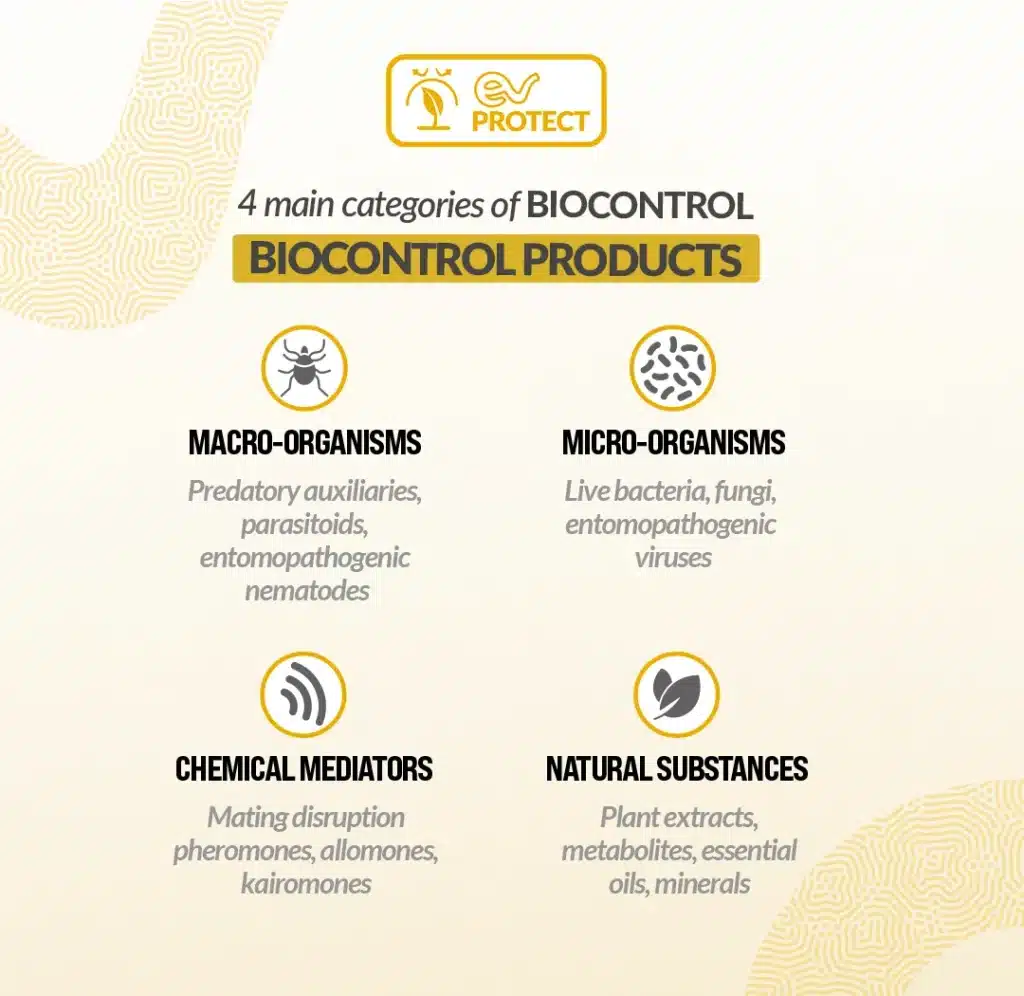
Technical innovation focuses mainly on purified biomolecules (peptides, proteins, lipopeptides, enzymes, dsRNAs, etc.), improvements in microorganism-based products (strain selection, consortia, optimized fermentation, micro-encapsulated formulations, etc.) and on innovative modes of application of chemical mediators (intelligent dispensers, micro-release, automatic aerosols), while macro-organisms are progressing through the industrialization of breeding processes and natural substances via the standardization of extracts and emulsions.
EV already offers a wide range that addresses a large majority of diseases and pests, mainly based on microorganisms:
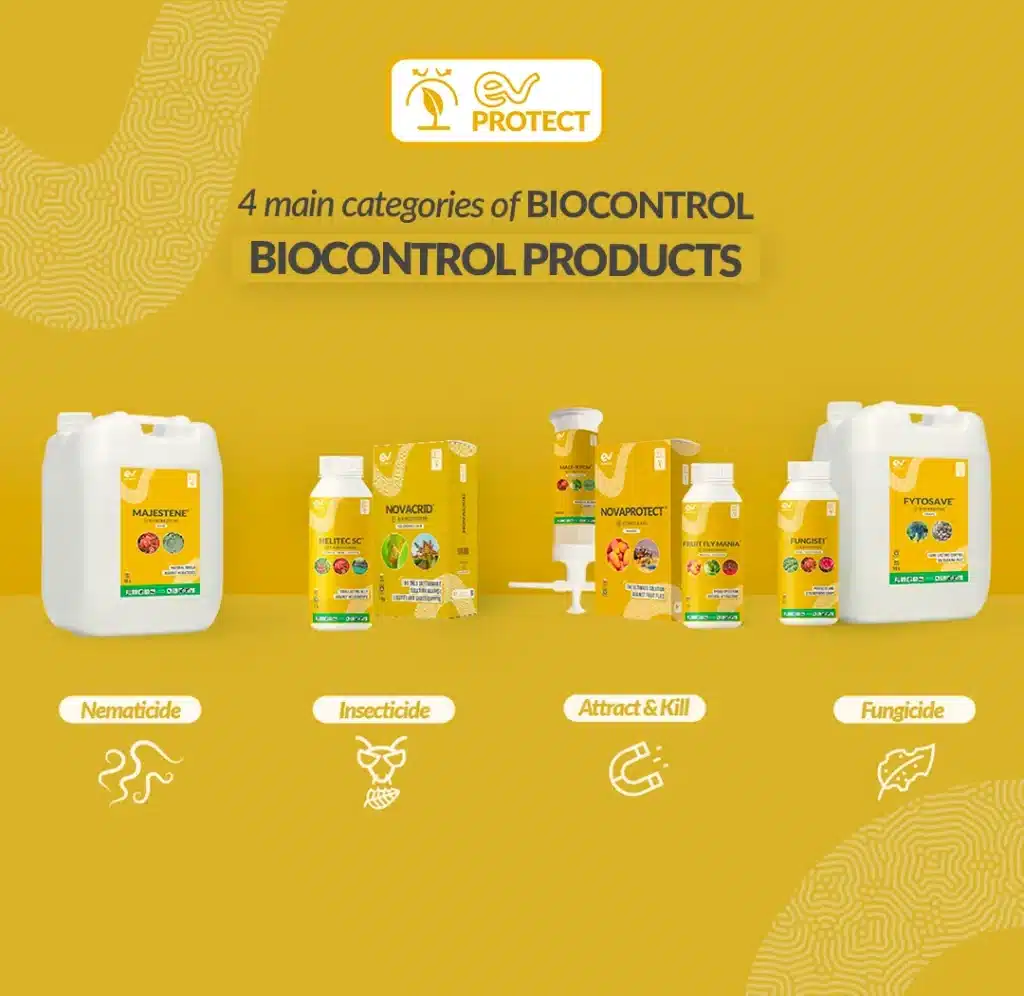
At Elephant Vert, we favor innovative and differentiating solutions to meet the challenges of the market.
This is how our Kenyan subsidiary through its R&D and production teams has developed HELITEC, a bestseller for 2 years: a solution designed to effectively fight against Helicoverpa armigera. It is a product that has already proven itself in East Africa, on which EV is constantly improving and expanding internationally.
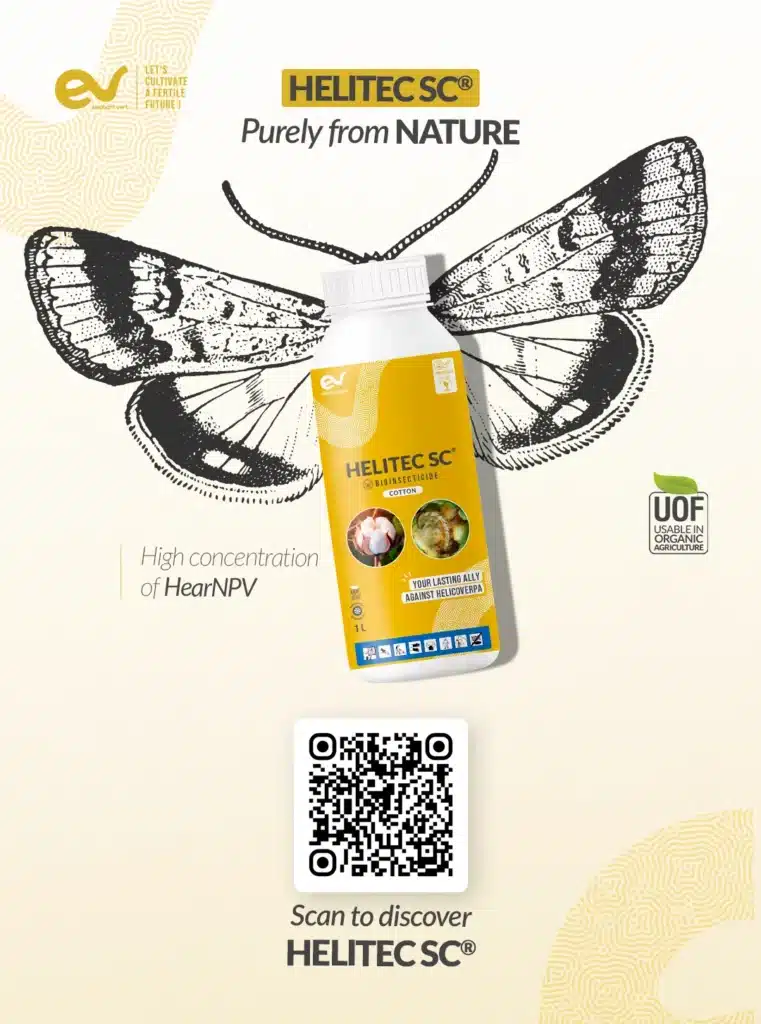
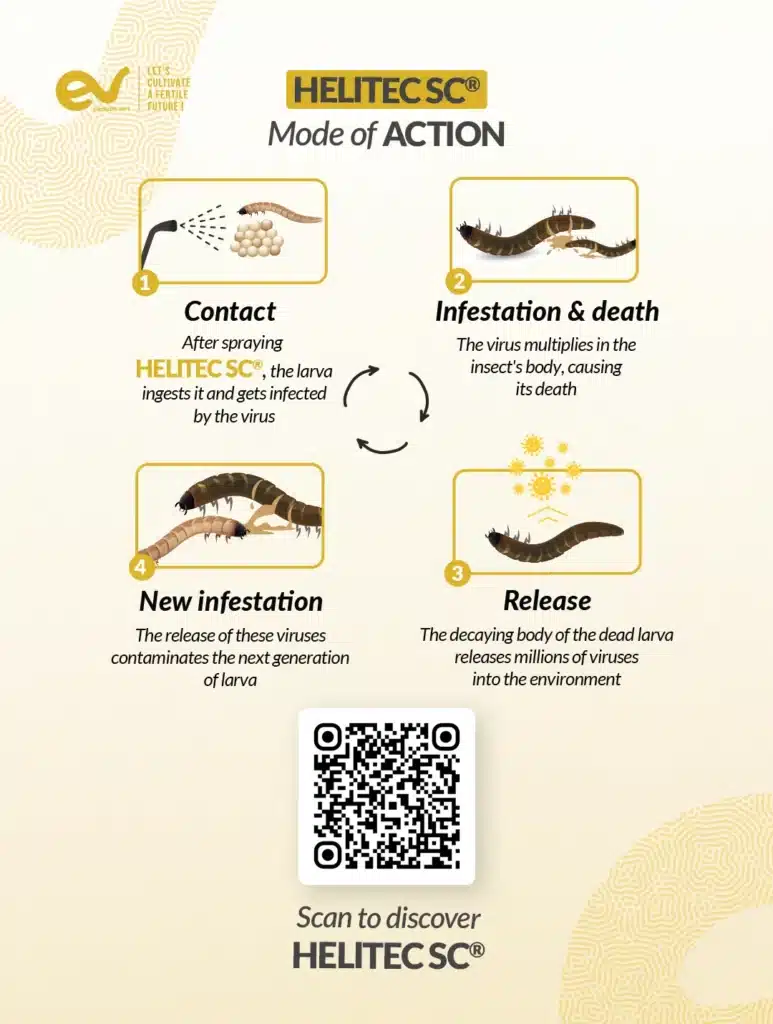
Actually, our R&D pipeline is focused on several innovations, among the most advanced:
- Innovative broad-spectrum biofungicide and bionematicide active substances in advanced R&D phase
- Bioinsecticide active ingredients against biting insects and mitesMost of these products are already being tested in the field, with promising results in terms of effectiveness and durability.
- NOVAPROTECT, scheduled for release in 2026 in the West African countries (CSP area), is an innovative solution to combat fruit flies (Ceratitis Spp. and Bactrocera Spp.) that severaly damage mangoes orchards. This project was born directly from the field where growers suffer devastating yield losses – up to 40 – 50% of mango production in Kenya
and West Africa). Even a single fruit fly infestation can lead to the rejection of an entire export container. Our breakthrough “Infest & disseminate” technology leverages the fruit fly itself: attracted to the bait station the insect is then released to spread the biological active and contaminate other flies. The results are impressive as shown on the graph below. Moreover, it is a low-cost solution, easy to register and to distribute to address quickly all concerned territories.
One of EV’s latest strengths in the innovation of BIOCONTROL’s solutions lies in the integrated approach covering R&D (via Lipofabrik), Industrial Production (particularly in Kenya), Regulation and Field Trials (there are now more than 30 trials in 2025 on biocontrol) and Marketing and agronomic support.
This structuring makes it possible to respond quickly to the challenges in the field and to regulatory constraints, while guaranteeing the quality and effectiveness of the biocontrols proposed.
4. Towards a sustainable agriculture model combining integration and precision
Biocontrol is also part of a broader strategy called Integrated Pest Management (IPM), which is a systemic strategy combining several tools (monitoring, economic thresholds, cultural measures, biological control, selective products) in order to keep pest populations below the economic damage threshold. Integrated Resistance Management (IRM), the operational component of the IPM, specifically aims to prevent and delay the emergence of resistance by multiplying modes of action, alternating chemical families and biological solutions, optimizing the phasing of treatments and promoting agronomic practices that reduce selection pressure. Together, IPM and IRM form the indispensable technical framework for sustainable crop protection. EV is closely monitoring all these developments in order to integrate into these innovations the criteria useful to strengthen this synergy.
Technological innovation also affects the tools used for IPM and MRI, including precision technologies (satellite imagery, AI), molecular technologies (PCR, sequencing) to identify pathogens, as well as portable sensors and biosensors for field diagnostics or spectral imaging and drones to monitor large-scale crops. We should also add the permanent development of Decision Support Tools (DSTs) which now allow real-time diagnostics, detailed epidemic forecasts and granular treatment recommendations to optimize treatments.
In conclusion
This global sustainable approach, in which EV is an innovative player in biocontrol, allows farmers to respond to health, economic and environmental challenges while respecting the objectives of the European Green Deal, allowing targeted management, reducing the use of pesticides and promoting precision agriculture.
5. About EV
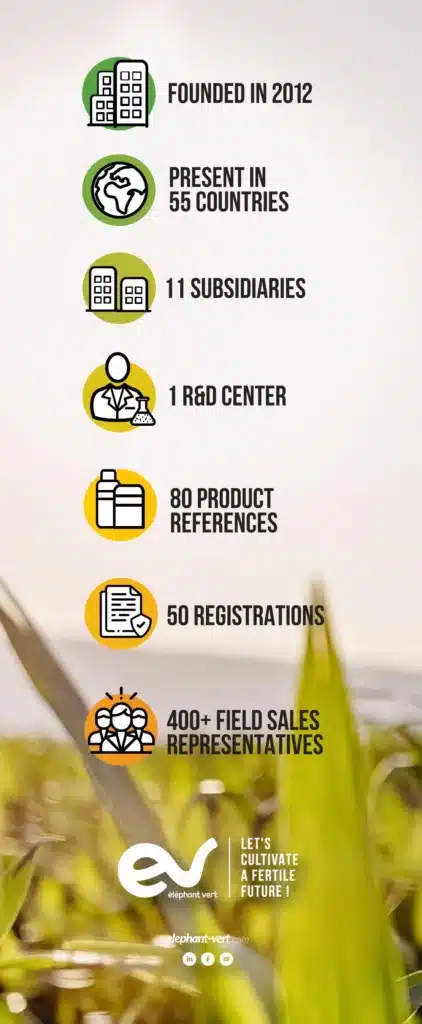
The interview is from
